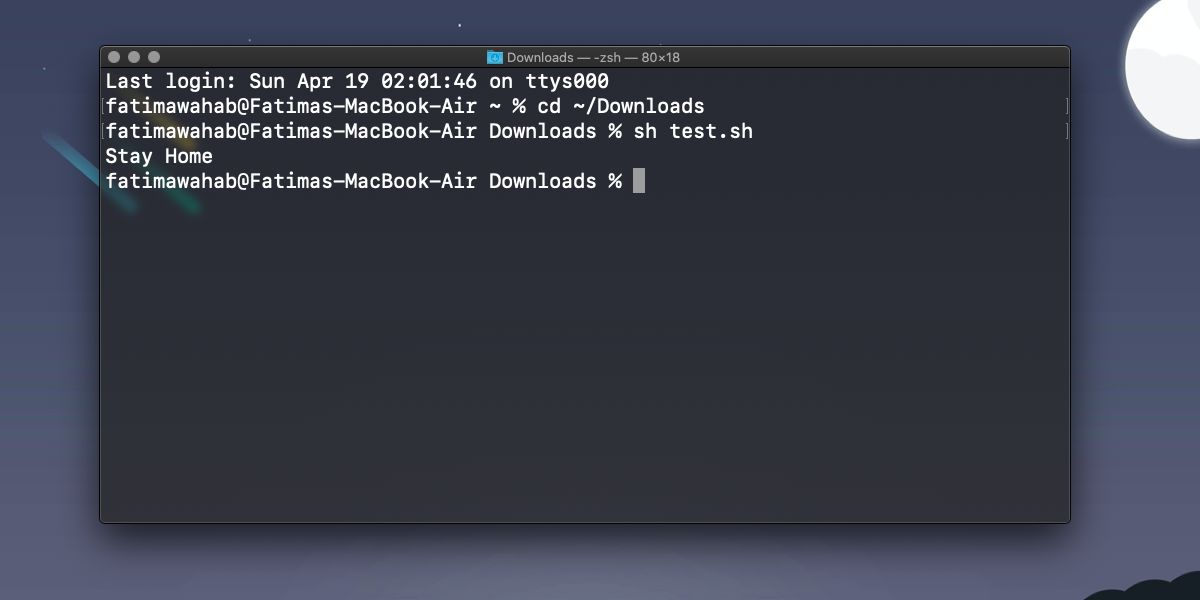

That method overwrites the contents of file to text. This method will simply create a file, but if the file already exists, it simply changes the modification date to the time you used that command. You mean writing to a file using a shell script? Here are a few ways: touch file This is less used but works quite well for making things like macros. When you are done doing stuff type exit and script will generate a file for you with all the "stuff" you did. The second method is to record commands using script. If you do not wish to make the file executable then you can run it by passing it as an argument to bash: bash file/to/run.sh.These documents may help if you run into problems.It has a strong programming language that supports functions, loops, conditionals, string operations, etc. It is vastly more complex than cmd.exe in windows. Common examples include /bin/python, /bin/sh, /bin/dash, but even odd ball things work like /bin/mysql

Any (and I mean any) file can be executed in Linux provided the first line is a path to the program that should interpret the file.By convention these files usually have no extension, however you can make them end in. Then when you click (or run the file from the terminal) the commands will be executed. Next mark it executable using chmod +x file

First, the most common is to write a file, make sure the first line is #!/bin/bash


 0 kommentar(er)
0 kommentar(er)
